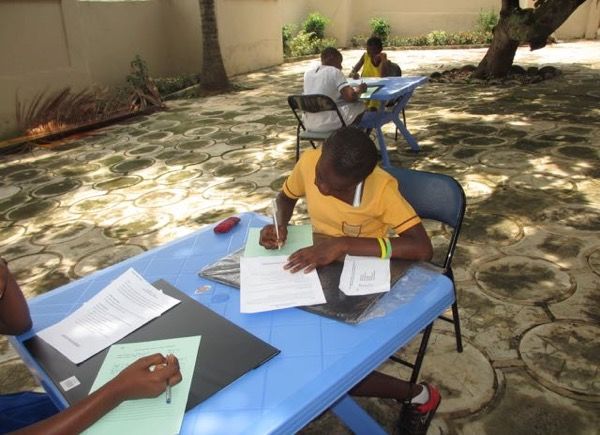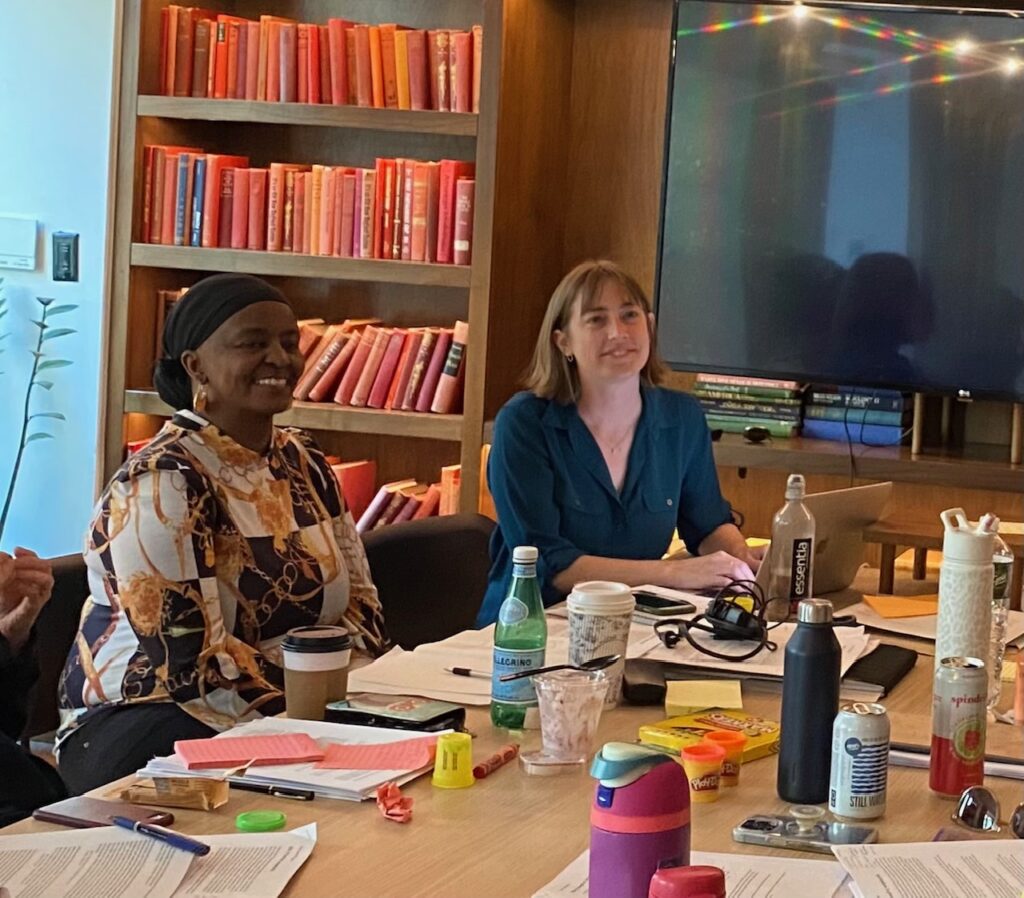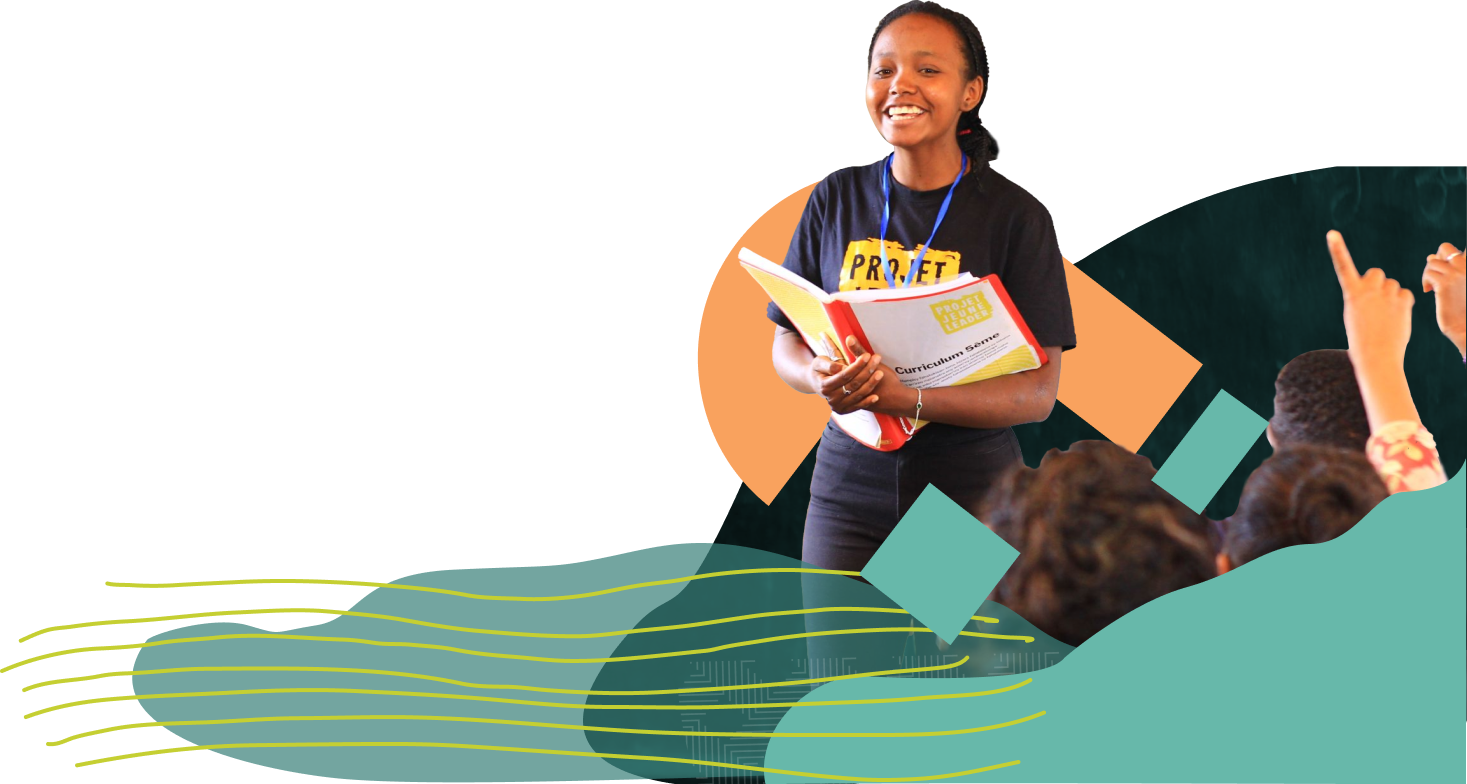Looking Beyond Girls’ Day

Since 2012, girls and their advocates worldwide have celebrated the United Nations’ “International Day of the Girl Child” on October 11 with rallies, speeches, contests and other meaningful festivities. This recent focus on girls has borne fruit with hefty assists from Malala Yousafzai, First Lady Michelle Obama, Hillary and Chelsea Clinton, Emma Watson, Angelina Jolie and many others. Girls’ education, economic empowerment, reproductive health and protection now drive many new and wonderful campaigns and organizations for whom, truly, every day is the international day of the girl.
This is how it must be. Because annual feel-good commemoration days will not, for instance, stop girls’ fathers from coming home drunk night after night and sexually assaulting or beating their wives or daughters, as is commonly reported in far too many settings where WomenStrong International works. Nor will this annual photo opportunity keep safe the child from Ghana’s destitute north, drawn to the second largest city, Kumasi, by the opportunity to make a living carrying market goods on her head, who finds herself forced to trade her young body for a place to sleep.
Certainly the designation of another annual UN name day will not protect the girls and young women of southeast Washington, DC, from such perils of poverty as the epidemics of drug addiction, prostitution, incarceration, homelessness and domestic violence now ravaging that community.
Girls and their closest advocates know better: EVERY day must be the Day of the Girl.
The stories of Maladevi and Monica, both WomenStrong program participants, tell us why.
Ten-year-old Maladevi , in Madurai, India, is her father’s favorite. But her father is an alcoholic who spends his driver’s income on drink and regularly beats his flower vendor wife and sometimes, Maladevi herself. Maladevi has decided to be a policewoman when she grows up, so she can be respected just as a man would be, give her children a better life than her mother’s, and “try to change the scenario towards liquor-free society.”
Monica, 13, is one of six children in a Dagbon tribal family in Walewale, in Ghana’s rural north. Watching her sister become a child bride and mother, Monica resolved to get away and continue her schooling. Her uncle offered to take her to the nearby town of Piase, where he works as a security guard and where she could attend middle school. Once there, he “gave her out” to a food vendor, where she worked as household help in exchange for a bed and two meals daily. The work is bone-breaking, but Monica is determined. Alone, this young adolescent goes out into the bush each weekend to collect the firewood she later sells to pay her own school costs.
We know Monica’s story because she just won an “International Day of the Girl Child” essay contest, sponsored by WomenStrong International and our Ghana Consortium partner, Women’s Health to Wealth. Her dreams? “To become a doctor…, take care of myself and my parents…, give birth to five children, have plenty of cars and a big house like yours.”
Monica and Maladevi are sharp, courageous students with admirable goals that cannot be accomplished without the support of the world around them – the ongoing encouragement of their teachers, the constancy of mentors or loving families, and access to opportunities along the way that can open doors. Enabling these girls to succeed is a 24/7 job – not just for Maladevi’s or Monica’s under-resourced communities or local or national governments in their respective countries, but for us ALL.
Here’s an example of how serious things are: in many parts of India, an informal measure of family poverty is commonly gleaned from the circumference of a girl child’s upper arm, because in times of scarcity, she is the last to be fed.
If we thought every day about how to help girls – so often considered last and the least among us – we might at least halve the number of those languishing unknown and at-risk in remote communities with no access to health care, contraception or even the sanitary pads that can enable them to continue beyond primary school.
If we spent the time, energy and resources to address girls’ needs, there might be more places that teens can call “safe” – simple places where they can feel secure enough to gather with their peers, like girls in the developed world, and share secrets, fears and dreams. In such settings, teens should receive accurate and useful information about secondary school, university and career paths; health screenings and family planning; and a mentor’s counsel on how to deal, respectfully and firmly, with rambunctious boyfriends, pesky siblings and overly needy or domineering parents or grandparents.
Girls need these things. They’re neither complicated nor costly, and it is high time for them to be broadly implemented and scaled.
Now that a new set of Sustainable Development Goals (SDGs) has been endorsed unanimously by all UN member states, the scientists, development practitioners and multilateral agencies are busy identifying appropriate indicators by which to measure actual progress toward these global Goals. As the bottom-line acid test of SDG attainment, these renowned global experts might consider the relative ability of girls in impoverished settings to thrive.
Think about it: to help every girl succeed, ALL the SDGs and targets need to have been achieved. That means not only attaining universal access to quality education and health care, the traditional areas where one tends to think about girls, but also access to water, sanitation, healthful energy, connectivity and a safe and protected environment.
WomenStrong International and our five Consortium members are committed to sustained action on behalf of girls worldwide. WSI Project Directors and staff are tirelessly designing, facilitating and customizing our girls’ programs based on feedback from the girls themselves – programming aimed at strengthening literacy, educational opportunity and self-confidence, sexual and reproductive health, and girls’ ability to share experiences, build friendships and overcome debilitating isolation and despair. WSI Board members, too, have put the rubber to the road: noted agronomist Pedro Sanchez donated his MacArthur Prize money to girls’ education; Attorney Cathy Lee works tirelessly to raise awareness about domestic violence and sex trafficking; and Prof. Yasmine Ergas is a renowned reproductive and international human rights scholar, to name a few.
WSI’s many non-profit, corporate and agency partners worldwide share this commitment. This week and every week, the girls, women and allies of girls and women everywhere stand behind Maladevi and Monica.
You go, Monica. Go, Maladevi.
You go, girls.
We at WomenStrong International, together with countless other girls, grown girls, girls’ organizations and friends of girls all over the world, are here to help you to realize those beautiful, achievable dreams of yours, every day.
——————————————————–
On this International Day of the Girl Child, WomenStrong International celebrates the remarkable resilience and determination of girls worldwide. Follow the “Latest Stories” at womenstrong.org, for more Day of the Girl coverage.




